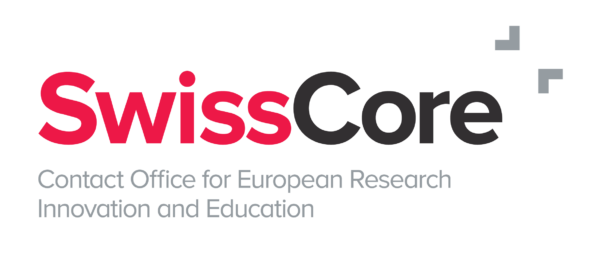A Group of Chief Scientific Advisors mandated by the European Commission provides independent scientific evidence and policy recommendations for AI in Science.
The European Commission (EC), by the intermediary of Margrethe Vestager, Executive Vice-President for A Europe Fit for the Digital Age and Iliana Ivanova, Commissioner for Innovation, Research, Culture, Education and Youth, tasked an independent Group of Chief Scientific Advisors (GCSA) to perform a scientific analysis on how the EC can accelerate the responsible uptake of artificial intelligence (Al) in science. The report issued by the GCSA takes into consideration an evidence review report by experts of the Science Advice for Policy by European Academies (SAPEA) consortium, from which Andrea Emilio Rizzoli, ‘Istituto Dalle Molle di studi sull’Intelligenza Artificiale’ (USI – SUPSI) in Switzerland is the Working Group Co-Chair. Extensive literature reviews, and targeted workshops and interviews have been performed to provide a comprehensive and pragmatic approach to this exercise.
As requested in the EC’s mandate and its Scoping Paper, the delivered document provides four overarching recommendations specifically for the uptake of AI in science, while some of them can apply to AI more generally. All recommendations are based on European values and principles and can be summarised as follows:
- The EU should establish adaptive frameworks and dedicated funding mechanisms to enhance the use of AI across all scientific disciplines. This includes supporting a European Distributed Institute for Research with AI (EDIRAS) and creating a European AI in Science Council (EASC) to foster collaboration and innovation.
- Improve the quality of AI systems and providing equitable access to high-quality research data and resources is crucial. The EU should engage in creative public-private partnerships to enhance data accessibility for AI-driven public good research.
- Protect and invest into efficient concerted actions between existing research infrastructures, Euro HPC (as computing power provider) and a future EDIRAS – as they will play a key role in ensuring the EU’s competitiveness in all scientific disciplines. This will ensure competitive and cohesive advancements across all scientific domains.
- Ensure that AI is driven by people (individuals and communities) living in an open society. Protect researchers, individuals, and communities from being driven by AI to only generate profit or be controlled by entities while ignoring or opposing EU core values and principles. The EU should build capacity for AI literacy and foster interdisciplinary efforts to ensure AI serves the society wholesomely.
The proposal to set up EDIRAS has already generated some discussions since other stakeholders in the field of AI were advocating for an ambitious structure seen as a “CERN for AI” constituted by a central hub and surrounded by a broad network of AI competence centres throughout the EU and associated countries. In the opinion of the stakeholders and their moonshot proposal, the EDIRAS – which takes into consideration the “CERN for AI” idea (see pages 34-35) – does not reflect enough on the idea of a central hub and should not exclusively concentrate on AI in science but rather seek a broader approach that could benefit other industries or governments. Overall, the general purpose remains to develop trustworthy European alternatives to the generative AI systems made outside of Europe. It remains to be seen how the EC will now implement the recommendations from the GCSA and eventually consider broadening the scope and structure of the EDIRAS.

